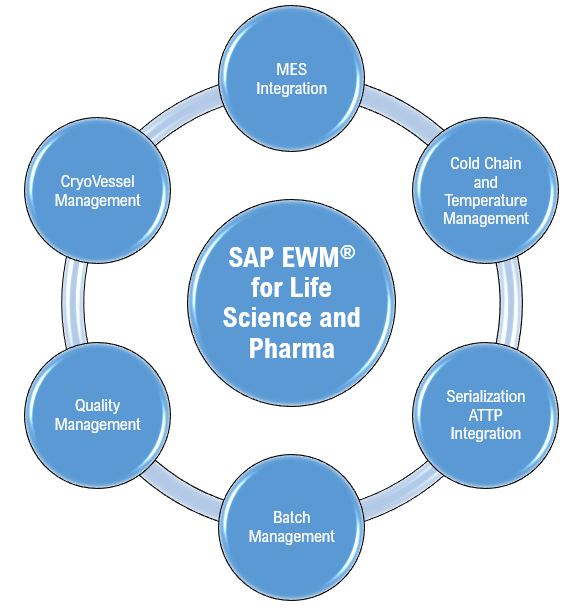Cloud technologies – be it platform, software, or infrastructure as a service (PaaS, SaaS, or IaaS) – have become indispensable for all organizations to ensure nimble business operations. Cloud delivers proven benefits such as IT improvements, enhanced scalability, and faster solution deployment. For enterprises, though, adopting cloud is also tied with other goals such as achieving better return on investment (ROI), optimizing total cost of ownership (TCO), and simplifying IT estate management. Thus, organizations must consider ways to improve the overall efficiency of their cloud migration journeys by managing specific challenges, such as software licensing.
Common Software Licensing Challenges
During the initial stages of cloud transformation, organizations often evaluate what portion of their infrastructure, including software licenses, will transition to cloud. They then estimate and budget for migration costs to cover infrastructure, software licenses, and other expenses.
However, when the actual migration begins, organizations typically encounter overspending mainly due to inadequate knowledge of licensing requirements on cloud. Such expenses may arise due to the non-portability of existing licenses, unanticipated purchase requirements of new licenses, and poor visibility into licenses available organization-wide.
Some key challenges around software licensing are:
- Compliance gaps from transferring on-premises licenses to cloud – Software licenses acquired for on-premises use cannot be utilized with hosted cloud services from major cloud providers without active maintenance/support and cloud rights. This restriction forces organizations to choose between retaining their on-premises set-up and exploring alternative cloud solutions that can accommodate their requirements without the limitations of many cloud-based installations.
- Contractual obligations of using software licenses – Companies with large inventories of third-party, licensed, commercial off-the-shelf applications may find that some third-party vendors restrict the movement of licenses to cloud due to their software license agreements. Many enterprises may have entered into numerous multi-year contracts to lower the overall costs from third-party license providers. Hence, they may find it unviable to migrate to cloud due to high early termination penalties.
- Lack of comprehensive license management system – Organizations often purchase software licenses on an ad-hoc basis during cloud migration. Managing these licensing rights can be challenging during the transformation process. Usually, simply identifying acceptable licenses and their associated contracts is a challenge for migration teams, with ‘over-licensing’ being a major issue. Licensing management systems are also frequently overtaxed. The complexity can have an adverse effect on software license administration.
Software Asset Optimization – Reducing the TCO of Cloud Transformations
Software asset optimization (SAO) is an effective tool to address the above challenges. SAO is a framework that optimizes software license consumption and minimizes the inherent compliance risks of owning and managing software assets. It brings expertise around software usage policies, best practices, and recommendations, enabling organizations to optimize their software licenses and estates.
As part of SAO, the software asset management (SAM) team works with organizations to explore, plan, and execute scenarios where the existing software estate can be used on the cloud platform. They collaborate with IT infrastructure/cloud teams to tackle these challenges strategically.
With the right knowledge and expertise, SAM can enhance the optimization potential and ensure successful cloud transformation journeys. Here are some approaches:
- Bring your own license – Organizations adopting a cloud transformation strategy and supporting policy can implement a bring your own license (BYOL) approach. BYOL-to-cloud allows organizations and users to leverage existing licenses in the cloud environment without any additional fees. The SAM team can help provide an overview of the license portfolio, check the possibility of leveraging BYOL, assess the compatibility of existing licenses with cloud platforms, calculate the cost implications, and configure license use in the new environment. This improves license planning and utilization with significant savings.
- Convert lifetime licenses to a subscription model – Getting a cloud rights subscription model offers a price advantage vis-à-vis the regular subscription model. It also provides flexible scaling options, reduced maintenance costs, and better alignment with usage.
- Vendor buyback of the existing software – This option can be explored between organizations and software vendors through licensing experts. It involves the vendor providing some form of compensation or credits for existing on-premises software licenses that are being replaced or migrated to cloud.
The SAM team plays a critical role in ensuring that an organization’s software assets are effectively managed. They are responsible for defining a strategy to optimize existing software investments. They also provide guidance on the timely discontinuation of unused software, which helps reduce unnecessary software spend and compliance risks.
Cost optimization is an ongoing effort. It is crucial to adapt IT policies and processes to effectively strategize software usage in the cloud with the right expertise. Involving a competent SAM team at the inception of cloud transformation can help overcome cost challenges and ensure compliance.









